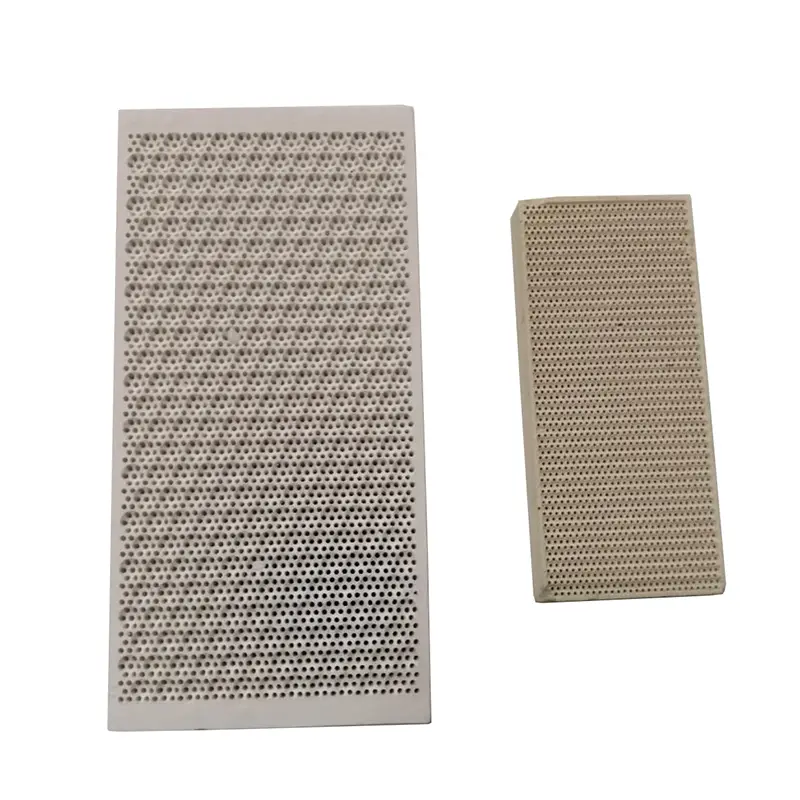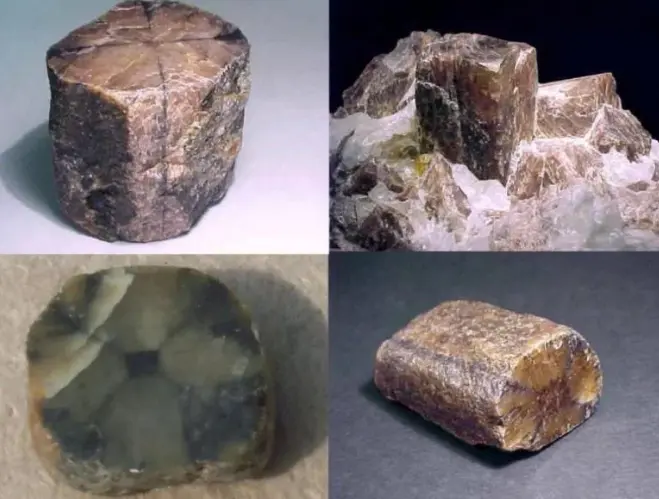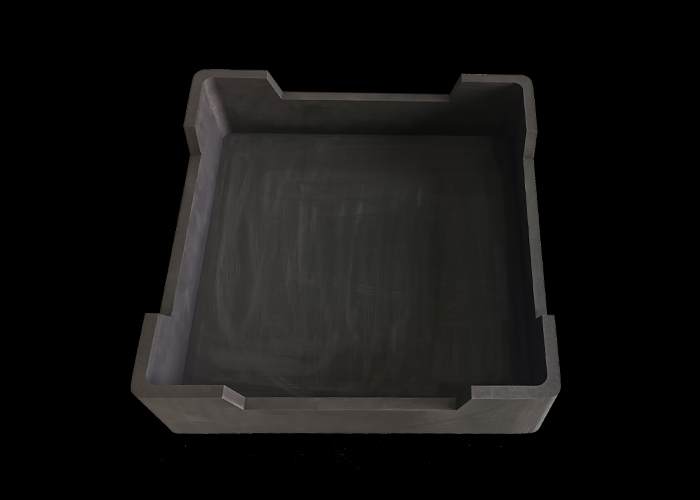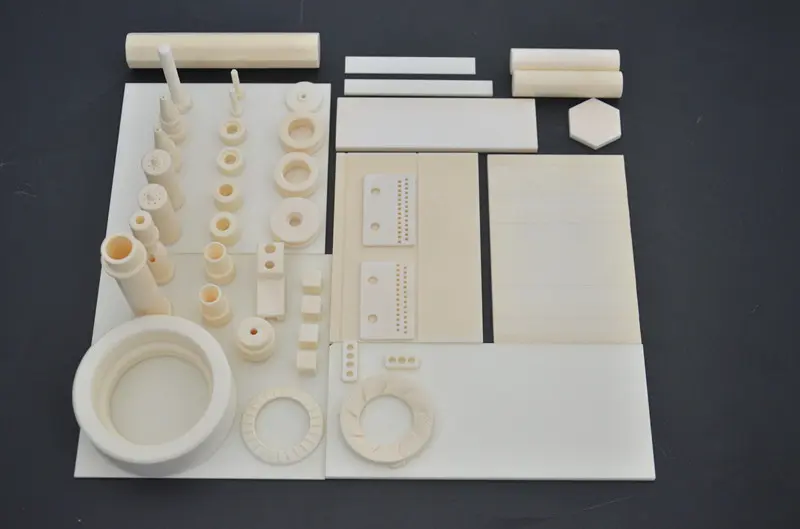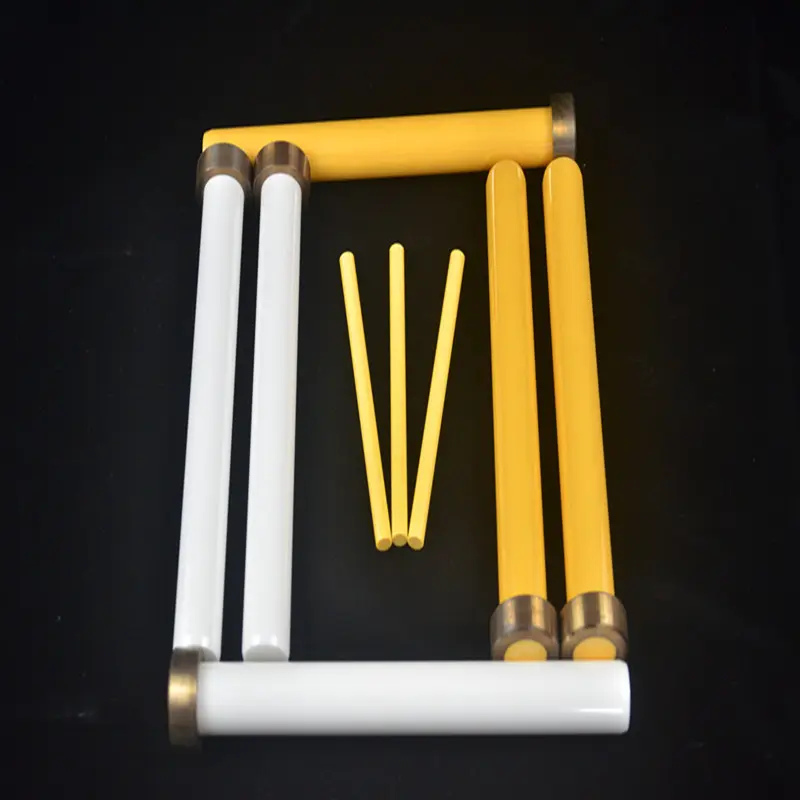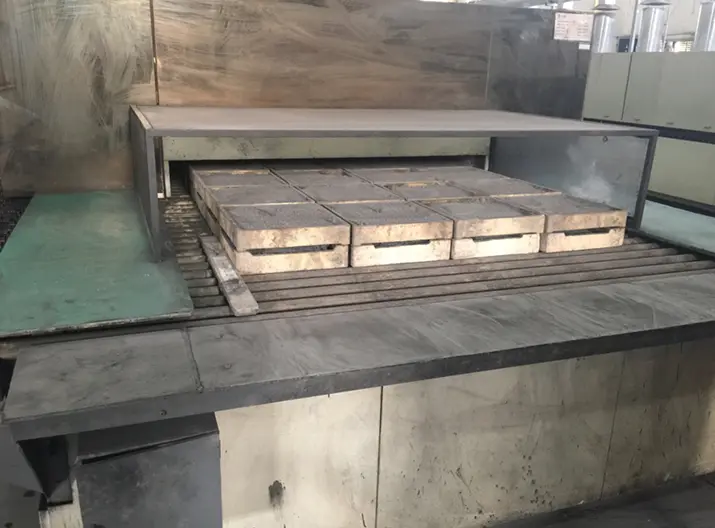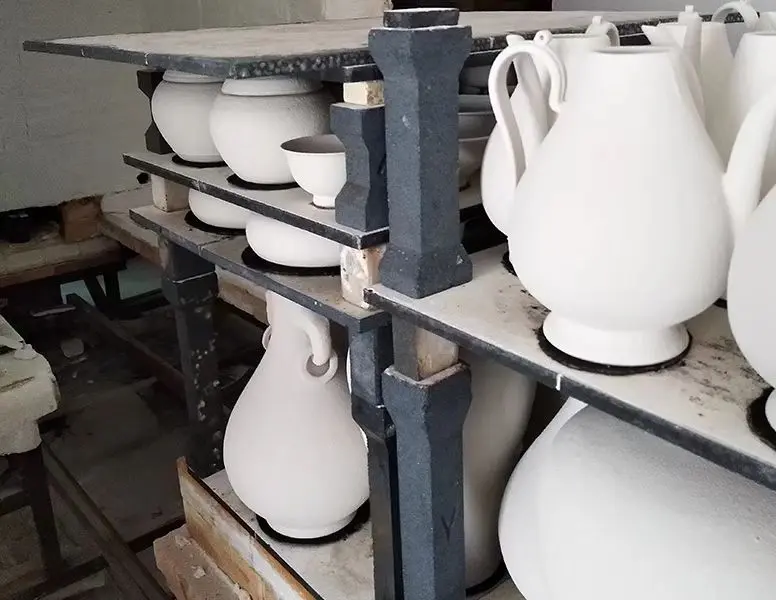What is Refractory? Understanding Refractory Materials
They are inorganic, non-metallic compounds that may be porous or non-porous, and their crystallinity varies widely: they may be crystalline, polycrystalline, amorphous, or composite. They are typically composed of oxides, carbides or nitrides of the following elements: silicon, aluminium, magnesium, calcium, boron, chromium and zirconium. Many refractories are ceramics, but some such as graphite are not, and some ceramics such as clay pottery are not considered refractory. Refractories are distinguished from the refractory metals, which are elemental metals and their alloys that have high melting temperatures.
Refractories are defined as "non-metallic materials having those chemical and physical properties that make them applicable for structures, or as components of systems, that are exposed to environments above 1,000 °F (811 K; 538 °C)". Refractory materials are used in furnaces, kilns, incinerators, and reactors. Refractories are also used to make crucibles and molds for casting glass and metals. The iron and steel industry and metal casting sectors use approximately 70% of all refractories produced.
Refractory materials are specialized substances that are designed to withstand extreme temperatures and harsh environments without losing their structural integrity. These materials are essential in various industrial applications, particularly in the manufacturing of furnaces, kilns, and reactors, where high heat is a constant factor.
At its core, the term “refractory” refers to the ability of a material to resist heat and maintain its shape and properties when exposed to high temperatures. Typically, refractory materials can endure temperatures exceeding 1,500 degrees Celsius (2,732 degrees Fahrenheit). This remarkable heat resistance makes them indispensable in industries such as metallurgy, ceramics, glass production, and petrochemicals.
Refractory materials can be classified into several categories based on their composition and properties. Common types include fireclay refractories, high-alumina refractories, silica refractories, and magnesia refractories. Each type has unique characteristics that make it suitable for specific applications. For instance, fireclay refractories are often used in the lining of furnaces due to their excellent thermal stability and resistance to thermal shock.
The manufacturing process of refractory materials involves the careful selection of raw materials, which are then shaped and fired at high temperatures to enhance their durability and performance. The resulting products are not only heat-resistant but also exhibit low thermal conductivity, making them effective insulators.
In summary, refractory materials play a crucial role in various high-temperature applications, providing the necessary durability and resistance to extreme conditions. Understanding what refractory materials are and their significance in industrial processes is essential for anyone involved in sectors that rely on high-temperature operations. As industries continue to evolve, the demand for advanced refractory materials will likely grow, driving innovation and development in this vital field.


